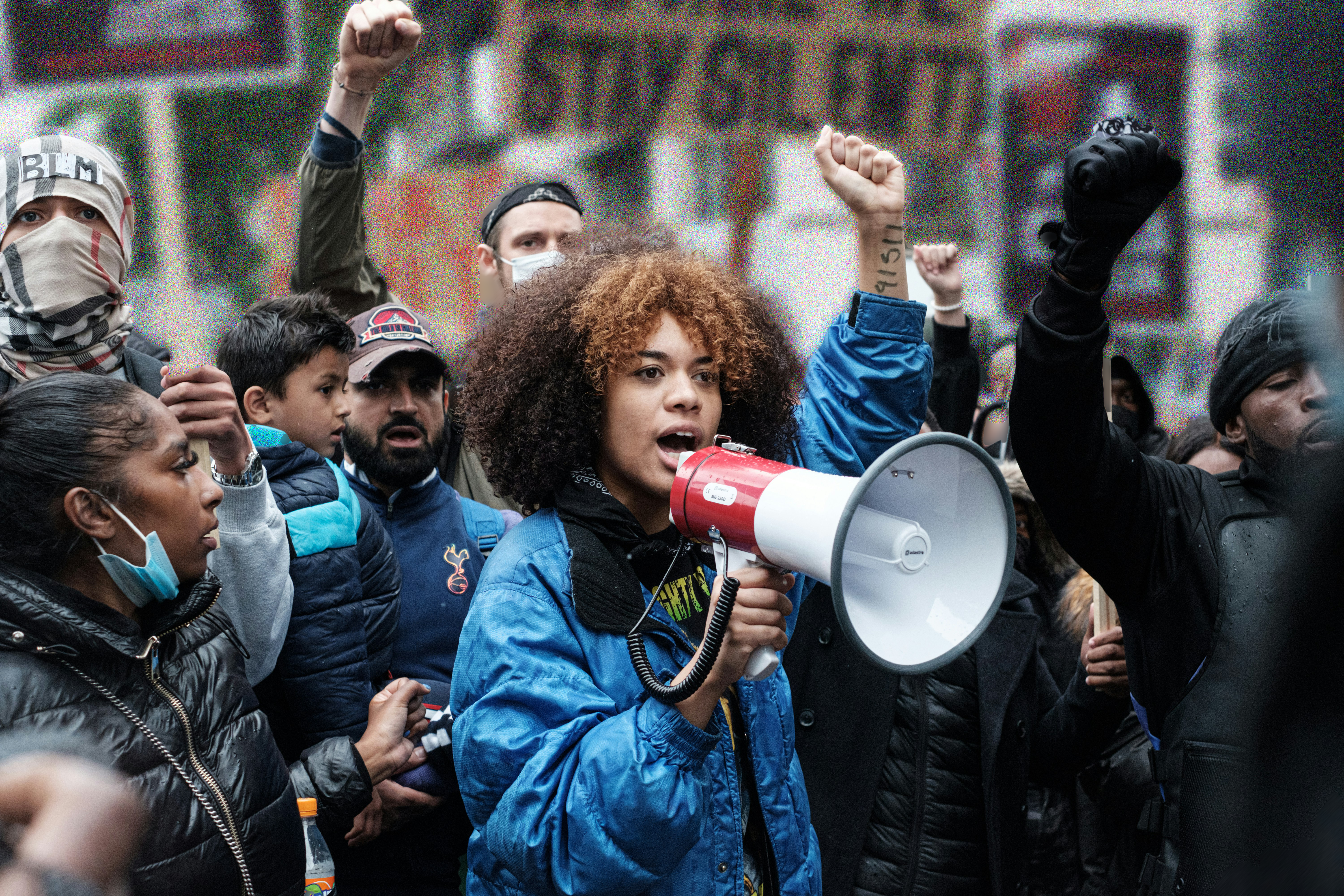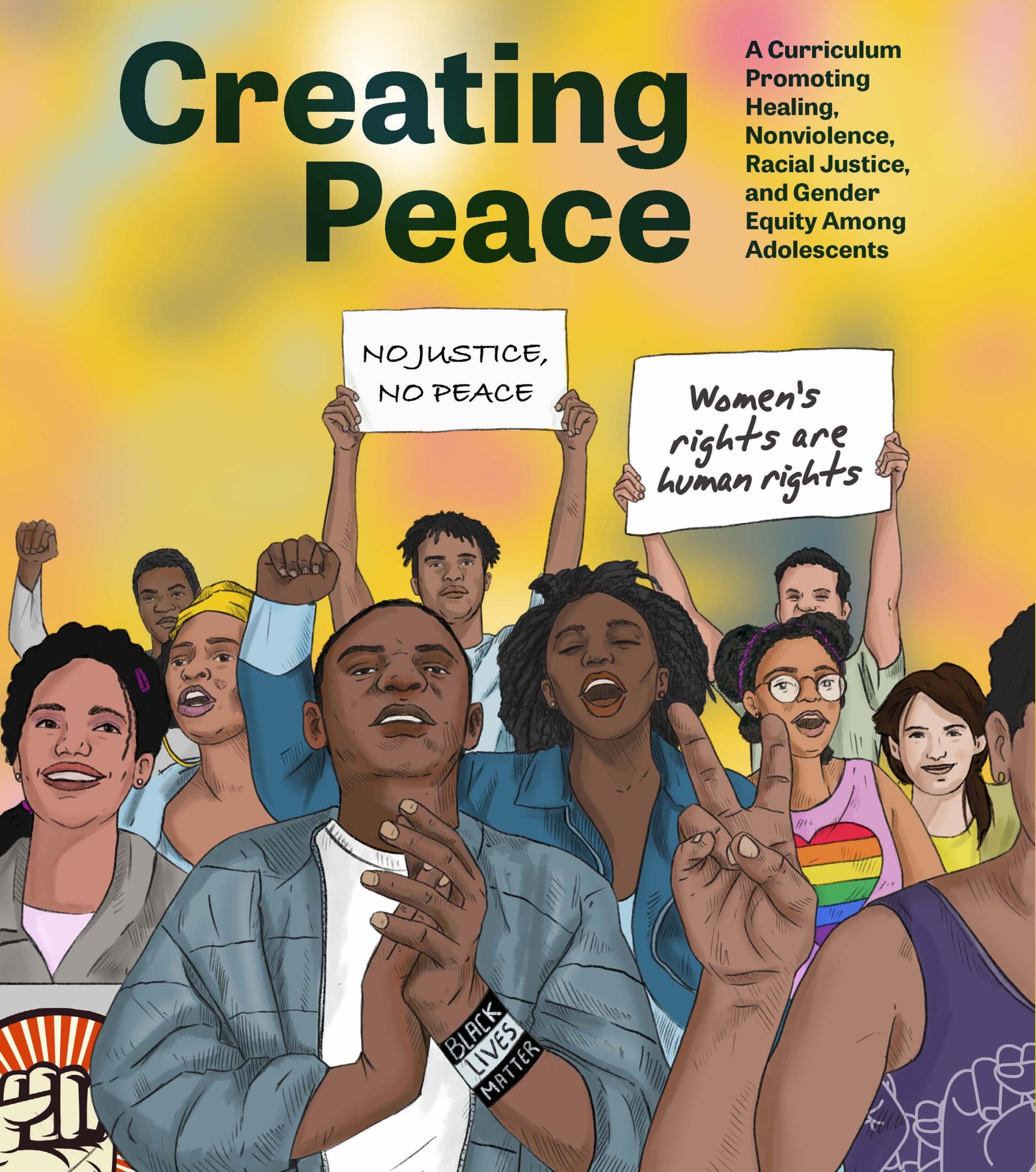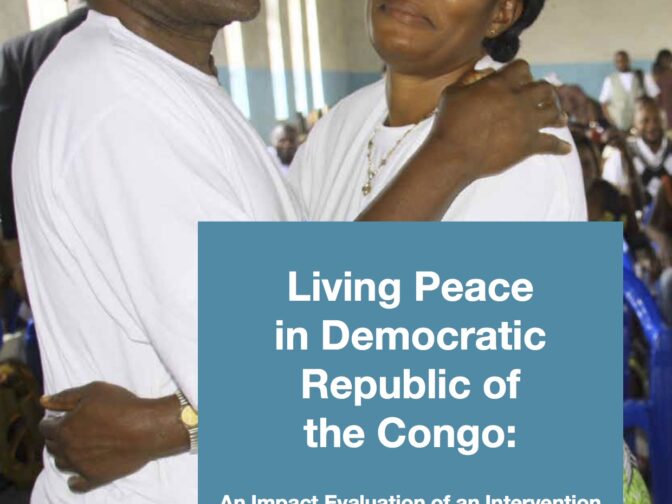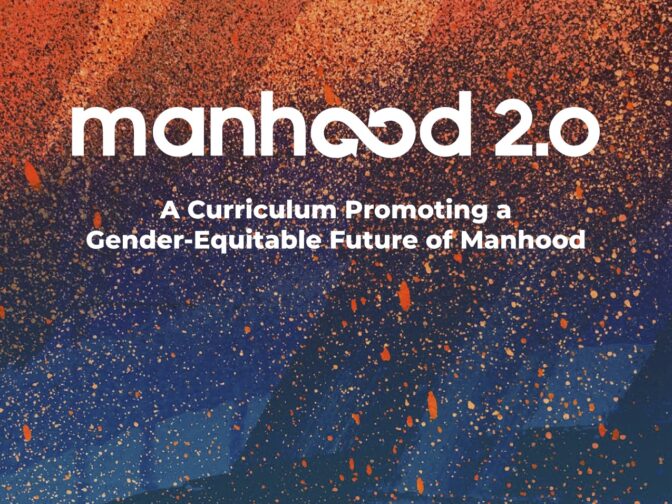Creating Peace: A curriculum for promoting healing, nonviolence, racial justice, and gender equity among adolescents addresses the urgent issue of community violence impacting youth in urban neighborhoods in Pittsburgh, Pennsylvania. In this discussion, Cody Ragonese, Deputy Director of Programs at Equimundo and co-author of the curriculum, provides context on the program’s development and goals while reflecting on challenges with implementation.
Why this program/curriculum and why now?
Allegheny County has been investing in violence prevention efforts, with one of its more recent initiatives being $50 million spread across several community organizations. Prior to this investment, Equimundo and the University of Pittsburgh partnered to pilot Creating Peace, a curriculum focused on reducing violence and promoting gender equity in Pittsburgh. It is the pair’s second partnership, after Manhood 2.0 and Sisterhood 2.0, and an opportunity for them to collaborate on a program centered more on community violence. Also inspired by Living Peace, a curriculum for couples healing from violence in conflict settings like the Democratic Republic of the Congo, this curriculum was contextualized to incorporate racial justice, and youth and community activism.
Why this combination of topics/focus areas?
For this curriculum, and for the context, there was a desire to integrate race and identity – with a reflection on gender, culture, and traditions – more than previously, in order to show how norms underpin socialization. Toward the end, the focus on enhancing agency in youth for youth- and community-led solutions to violence comes out strongly, with tools to operationalize a cause including stakeholder analyses, message creation, ally identification, and backlash anticipation. The key that is emphasized is collective/community work.
Who is being targeted and why?
The curriculum predominantly targets teenagers 14 to 19 living in urban settings across Pittsburgh that experience disproportionate rates of violence, to equip them with and hone the skills needed to create solutions that lead to community transformation. The Creating Peace partnership is also an example of leveraging existing connections to develop programming, as we decided to expand work with University of Pittsburgh, which still has some sites implementing Manhood 2.0.
Many of the resources and examples are Pittsburgh-relevant, but the curriculum can be adapted to other contexts using the adaptation and implementation guidance provided.

What is the broader goal, mission, or vision you’re trying to achieve or support?
Creating Peace is a gender-synchronous program, which means that it’s not only working with boys, but also engages people of other gender identities. One of its main goals is to shift harmful and stereotypical gender norms, particularly those around violence and control. It’s aligned with our broader mission and vision around violence prevention.
Another major hope of the program – perhaps the biggest one – is unity, or community cohesion driven by trauma-informed approaches and reconciliation.
Process and lessons learned
Community involvement is critical in reducing community violence, and it is a major commitment of this program. Creating Peace was co-created with input from multiple youth and adult leaders in the Pittsburgh region, at multiple stages, while listening to and learning from the experiences of the Equimundo and Living Peace teams.
Community-based participatory research was used to finalize the curriculum, ensuring that content resonated with community members. Further, facilitators were selected from the community.
The University of Pittsburgh leveraged a tested model of implementation that was successful during the piloting of Manhood 2.0 and Sisterhood 2.0. Instead of hiring a core team of full-time facilitators to implement Creating Peace, they engaged youth-serving community members on a part-time basis to work with participants, allowing for further content contextualization and familiarity with the young people’s lived experiences, and increased potential for sustainability.
Key lessons emerge around building from community voices, adapting to local contexts, and providing robust support for grassroots implementation.
- Build from community voices: It is important to ensure that content fully reflects the experiences of communities and their members and accurately accounts for individual agency and structural responsibilities, so that participants and communities know what is in their control and what requires structural change. For Creating Peace, several community members of supporting organizations and trained facilitators provided the research team with input regarding the content, and were able to share their concerns, particularly around clarifying with youth the structural and institutional inequities in their community for which participants and communities are not at fault.
- Adaptable to different contexts: Through observations of the facilitation and implementation of Creating Peace, the research team noted how adaptable the curriculum is to community groups of varying demographics. The racial and gender justice lens embedded into the content of the Creating Peace curriculum is crafted in such a way that the foundational purpose is to acknowledge, begin to understand, and celebrate diversity in themselves and their communities.
- Potential with community/grassroots implementation: Although there are many benefits from having community-based facilitators, it’s imperative to adjust the language and methodologies in the activities, and augment the training and support. Many times, curricula are designed with a specific facilitator profile in mind. In this particular project, the team was intentional with engaging community-based facilitators who were already integrated into various community institutions. In some instances, this meant that they had limited formal training on facilitation or experience with this type of programming. Therefore, it was important to bolster the facilitator notes and guidance in the curriculum itself, as well as provide training and support throughout the program’s implementation.
While still ongoing, implementation has faced hurdles. Training community facilitators virtually during COVID has been difficult. Ensuring alignment on values also remains a work in progress. However, the curriculum shows promise if resourced and evaluated properly.
Through its focus on healing and promoting nonviolence and equity, and with refinement, Creating Peace could make an impact in and beyond Pittsburgh in empowering youth as change agents. Its roots in communities along with its emphasis on community involvement and facilitation are positive examples of going beyond inclusion to ownership.
You can access the curriculum here, and stay tuned for the forthcoming learning brief.



